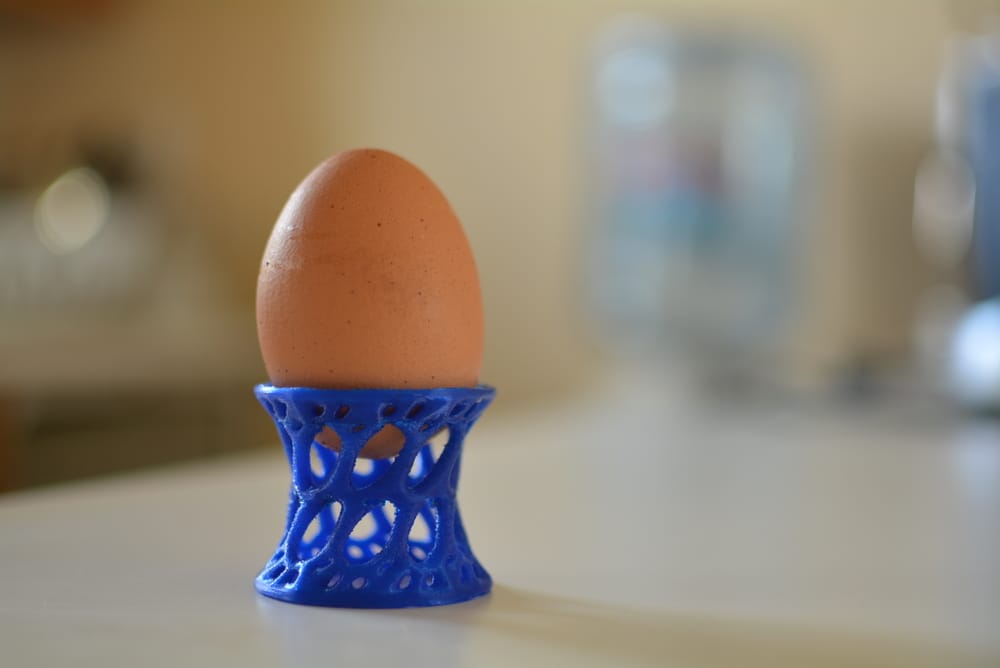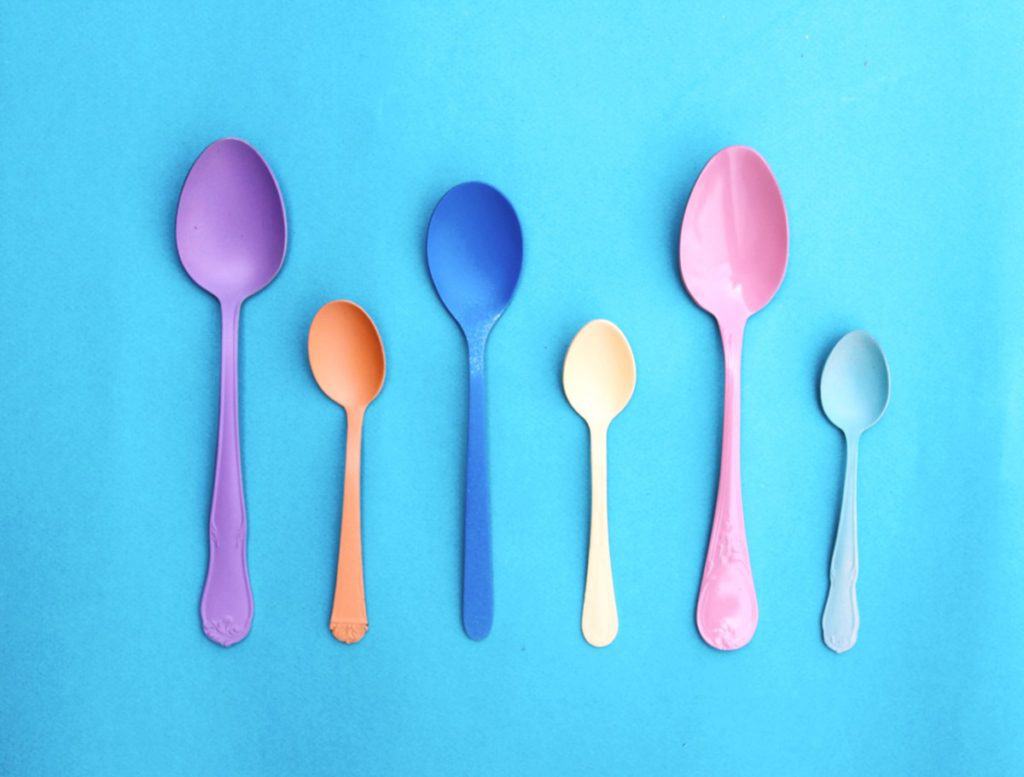Is pla meals protected – Polylactic acid (PLA) is a biodegradable and compostable plastic derived from renewable sources like corn starch or sugarcane. It has gained recognition as a sustainable various to conventional plastic meals containers. Nonetheless, issues have been raised concerning the security of PLA for meals contact.
This text delves into the subject of is PLA meals protected, exploring the chemical composition, manufacturing processes, potential well being dangers, and environmental issues related to PLA meals containers.
We are going to study the related meals security requirements and laws, focus on the chemical properties of PLA, and assess the potential for chemical migration and leaching from PLA meals containers. We can even discover the environmental advantages and issues related to PLA and supply suggestions for protected use to reduce any potential dangers.
Meals Security Requirements and Laws
Polylactic acid (PLA) meals containers are topic to numerous meals security requirements and laws to make sure the protection of meals merchandise. These laws are established by authorities companies to guard shoppers from potential well being hazards related to meals contamination.
The U.S. Meals and Drug Administration (FDA) is liable for regulating the protection of meals packaging supplies, together with PLA. The FDA has established particular necessities for using PLA in meals contact functions, reminiscent of:
- PLA should meet the necessities of the FDA’s meals additive laws (21 CFR 177).
- PLA should not comprise any dangerous substances that would migrate into meals.
- PLA have to be manufactured underneath Good Manufacturing Practices (GMPs) to make sure its security and high quality.
Function of Authorities Businesses
Authorities companies play a vital position in making certain the protection of PLA meals containers. They set up and implement meals security requirements, conduct inspections of meals packaging amenities, and take enforcement actions in opposition to firms that violate these laws.
Along with the FDA, different authorities companies concerned in regulating PLA meals containers embrace:
- The U.S. Environmental Safety Company (EPA) regulates using chemical substances in PLA manufacturing.
- The U.S. Division of Agriculture (USDA) regulates using PLA in meals packaging for meat and poultry merchandise.
Particular Laws
Listed below are some particular examples of laws that govern using PLA in meals packaging:
- 21 CFR 177.1630: This regulation establishes the circumstances underneath which PLA can be utilized as a meals additive.
- 21 CFR 178.3297: This regulation units forth the particular necessities for using PLA in meals contact functions.
- 9 CFR 318.7: This regulation establishes the USDA’s necessities for using PLA in meals packaging for meat and poultry merchandise.
Chemical Composition and Properties of PLA

Polylactic acid (PLA) is a biodegradable and biocompatible thermoplastic constituted of renewable sources reminiscent of corn starch or sugarcane. It’s a linear aliphatic polyester composed of repeating models of lactic acid. The chemical construction of PLA could be represented as:
(C3H 4O 2) n
The properties of PLA make it appropriate to be used in meals packaging. It’s clear, has good mechanical energy, and is immune to grease and oil. PLA can also be biodegradable, which implies it could possibly break down into pure elements over time.
Potential Considerations or Limitations
One potential concern with PLA is that it may be brittle when uncovered to excessive temperatures. This will make it troublesome to make use of in functions the place the fabric might be subjected to warmth. Moreover, PLA will not be as robust as another plastics, so it is probably not appropriate for functions the place excessive energy is required.
Manufacturing Processes for PLA Meals Containers

The manufacturing of PLA meals containers includes a number of key manufacturing processes, every contributing to the protection and high quality of the ultimate product.
The preliminary step is the extraction of lactic acid from plant-based sources, reminiscent of corn starch or sugarcane. This lactic acid is then polymerized to type polylactic acid (PLA), which is the first materials used within the manufacturing of PLA meals containers.
Extrusion
Extrusion is a extensively employed method for shaping PLA into numerous kinds, together with meals containers. On this course of, molten PLA is pressured by means of a die, leading to a steady profile that’s then reduce into the specified form and dimension of the container.
Extrusion affords exact management over the thickness and dimensions of the container, making certain uniformity and consistency within the remaining product.
Injection Molding
Injection molding is one other widespread technique for producing PLA meals containers. On this course of, molten PLA is injected right into a mildew cavity, the place it takes the form of the mildew. As soon as cooled, the container is ejected from the mildew.
Injection molding permits for the manufacturing of complicated shapes and complicated designs, making it appropriate for creating containers with particular options or aesthetics.
Thermoforming
Thermoforming includes heating a sheet of PLA till it turns into pliable after which molding it into the specified form utilizing a mildew or press. This course of is commonly used to provide containers with giant floor areas, reminiscent of trays or lids.
Thermoforming affords flexibility by way of form and dimension, making it appropriate for a variety of container functions.
Potential Dangers and Hazards
Whereas PLA meals containers are typically thought-about protected, sure dangers and hazards could come up in the course of the manufacturing course of:
- Contamination:The uncooked supplies utilized in PLA manufacturing, in addition to the manufacturing tools, have to be rigorously managed to forestall contamination from microorganisms or chemical substances.
- Residual monomers:Hint quantities of lactic acid monomers could stay within the remaining PLA product, which may probably migrate into meals and pose a well being danger.
- Components:Components, reminiscent of plasticizers or colorants, could also be used within the manufacturing course of to boost the properties of PLA. These components have to be rigorously chosen and managed to make sure their security and compatibility with meals contact.
Adhering to strict manufacturing requirements and high quality management measures is essential to reduce these dangers and make sure the security and high quality of PLA meals containers.
Migration and Leaching of Chemical compounds from PLA Meals Containers: Is Pla Meals Protected
Migration and leaching are processes that contain the switch of chemical substances from PLA meals containers into meals or drinks. Migration refers back to the motion of chemical substances from the container materials into the meals, whereas leaching particularly refers back to the extraction of chemical substances by a liquid, reminiscent of water or an acidic beverage.
A number of components can affect the migration and leaching of chemical substances from PLA meals containers. These embrace:
- Temperature:Greater temperatures typically enhance the speed of migration and leaching.
- Contact time:The longer meals or drinks are in touch with the PLA container, the better the potential for migration and leaching.
- Sort of meals or beverage:The composition and acidity of meals or drinks can have an effect on the speed of migration and leaching. Acidic meals or drinks can promote the leaching of chemical substances from PLA.
- Floor space:The bigger the floor space of the PLA container that’s in touch with the meals or beverage, the better the potential for migration and leaching.
- Components and coatings:Components and coatings used within the manufacturing of PLA containers may have an effect on the speed of migration and leaching.
Particular Chemical compounds that Could Migrate or Leach from PLA Meals Containers
The precise chemical substances which will migrate or leach from PLA meals containers can range relying on the kind of PLA used, the manufacturing course of, and the circumstances of use. Some examples of chemical substances which have been recognized as potential migrants or leachables from PLA embrace:
- Lactic acid
- Oligomers of lactic acid
- Residual catalysts
- Components, reminiscent of plasticizers or antioxidants
Well being and Security Considerations

PLA meals containers have gained recognition resulting from their biodegradable nature, however issues have arisen concerning their potential well being and security implications.Scientific proof has emerged each supporting and refuting these issues. Research have proven that PLA itself is mostly acknowledged as protected (GRAS) by the FDA and isn’t identified to leach dangerous chemical substances into meals.
Nonetheless, some issues have been raised concerning the potential for PLA meals containers to launch residual monomers, reminiscent of lactic acid, throughout meals contact.
Lactic Acid Considerations
Lactic acid is a pure byproduct of PLA manufacturing and could be current in small quantities in PLA meals containers. Whereas lactic acid is mostly protected, excessive ranges may cause abdomen upset and different digestive points. Nonetheless, research have proven that the quantity of lactic acid launched from PLA meals containers is often very low and unlikely to pose a well being danger.
Suggestions for Protected Use
To attenuate any potential dangers related to PLA meals containers, the next suggestions are suggested:
- Select PLA meals containers that meet trade requirements and have been licensed by respected organizations.
- Keep away from utilizing PLA meals containers for extended storage or heating of acidic or oily meals.
- Wash PLA meals containers completely earlier than first use and after every use.
- Eliminate PLA meals containers correctly in keeping with native laws.
By following these suggestions, people can safely get pleasure from the advantages of PLA meals containers whereas minimizing any potential well being and security issues.
Environmental Concerns
The usage of PLA meals containers affords each environmental advantages and issues. PLA is derived from renewable plant sources, lowering reliance on non-renewable fossil fuels. It’s also biodegradable and compostable underneath particular circumstances, probably lowering waste in landfills.
Biodegradability and Composting, Is pla meals protected
PLA is a biodegradable polymer that may break down into pure elements over time. Beneath managed composting circumstances, reminiscent of in industrial composting amenities, PLA can decompose inside a matter of months. Nonetheless, the biodegradability of PLA in pure environments, reminiscent of house composting or littering, can range relying on components like temperature, moisture, and the presence of microorganisms.
Environmental Impression Comparability
In comparison with conventional plastic meals containers constituted of petroleum-based supplies, PLA meals containers typically have a decrease environmental impression. They require much less power to provide and emit fewer greenhouse gases throughout their life cycle. Moreover, the biodegradability of PLA can scale back the buildup of plastic waste in landfills and the atmosphere.
FAQ Useful resource
Is PLA meals protected?
Sure, PLA is mostly thought-about protected for meals contact. It meets the protection requirements set by regulatory companies just like the FDA and EFSA.
Does PLA leach chemical substances into meals?
PLA has a low potential for chemical migration. Nonetheless, components like temperature, storage circumstances, and meals kind can affect the migration price.
Is PLA biodegradable?
Sure, PLA is biodegradable underneath particular circumstances, reminiscent of industrial composting amenities. It breaks down into lactic acid, a pure substance discovered within the human physique.
Is PLA compostable?
Sure, PLA is compostable in business composting amenities. Nonetheless, yard composting is probably not efficient resulting from slower degradation charges.



